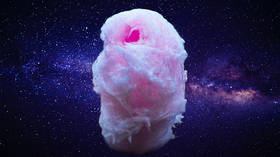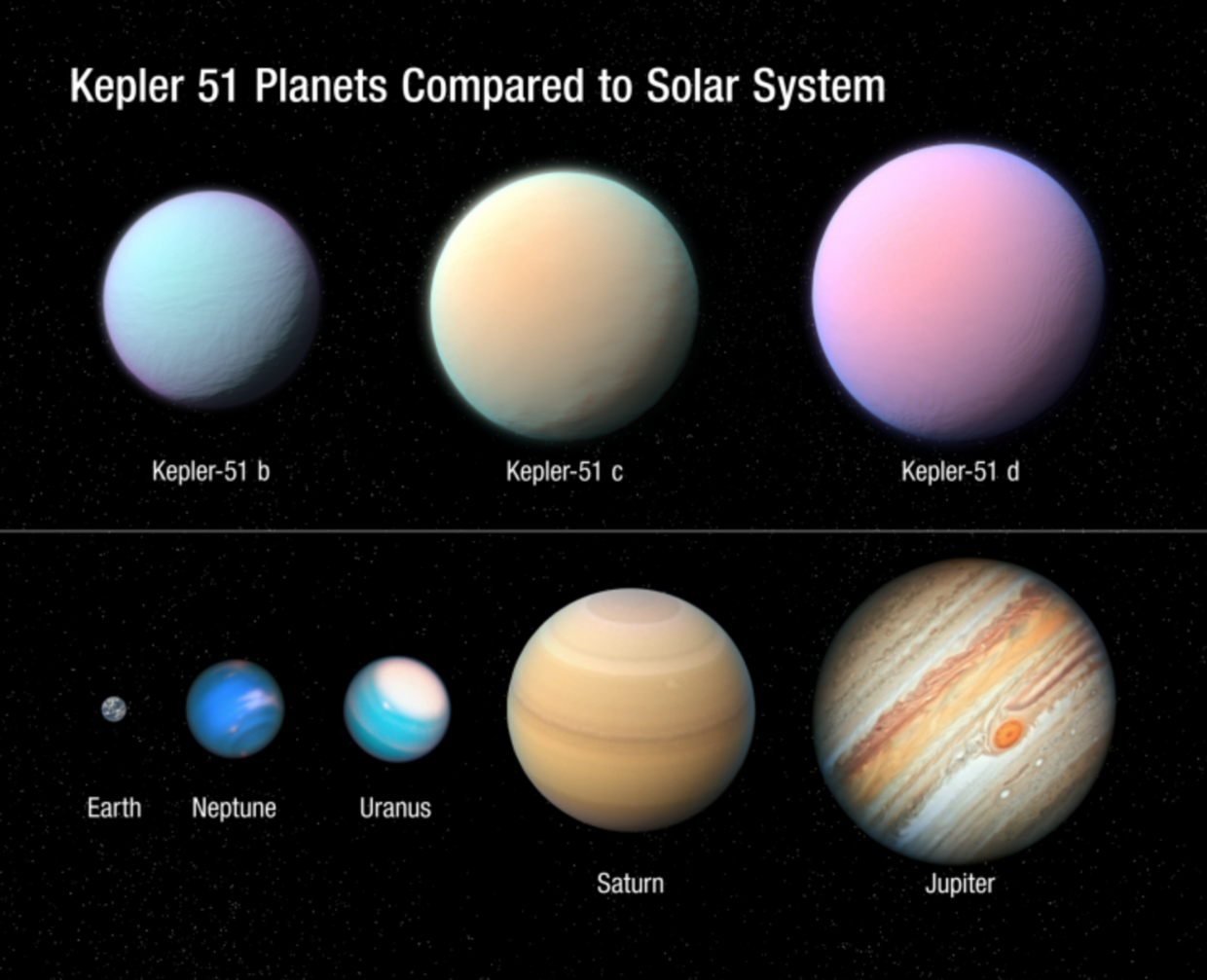Astronomers discover secret behind ‘super-puff, cotton candy worlds’ in outer space

Astronomers studying three exoplanets now believe they have identified an extremely rare, extremely puffy type of planet affectionately dubbed “cotton-candy worlds.”
The three young planets orbit the star Kepler 51 roughly 2,600 light-years away and are roughly the size of Jupiter but are so incredibly low-density that they boast less than one percent of its mass. To put things in perspective, they have a density of less than 0.1 grams per cubic centimeter, so we’re talking extremely fluffy here.

They were first discovered in 2012, then were believed to be low density in 2014 but now, using new observations it has been confirmed that these gigantic balls of fluff are very far removed from their rocky, icy and tiny dwarf planet counterparts elsewhere in the universe.
Also on rt.com LISTEN: The sound of Earth being lashed by solar storm will haunt your nightmaresThese “super-puff worlds” were found using the transit method, wherein objects are tracked as they dim the light of a star in the background. In the process, the light from the stars filters through the planets' atmosphere. Certain molecules block certain wavelengths of light which allows scientists to determine what the planets' atmospheres are made of. Sadly, in this case it is not candy floss or anything remotely delicious.
Two of the puff-ball planets had an opaque outer shell which baffled astronomers and sent them scrambling for an explanation.
Also on rt.com Exoplanet that sports 3 suns offers tantalizing site in search for alien lifeUsing computer simulations, the best fit for the planets' unique composition was a high-latitude layer of methane perched atop a mixture of hydrogen and helium, which would make them giant, leaking, versions of Saturn's moon Titan which doesn’t sound remotely appetizing.
It turns out that their atmospheres are slowly draining out into the vacuum of space, which might explain why we have found so few of them.
“A good bit of their weirdness,” said exoplanet scientist Zachory Berta-Thompson of the University of Colorado Boulder (UC Boulder), “is coming from the fact that we're seeing them at a time in their development where we've rarely gotten the chance to observe planets.”
Think your friends would be interested? Share this story!














